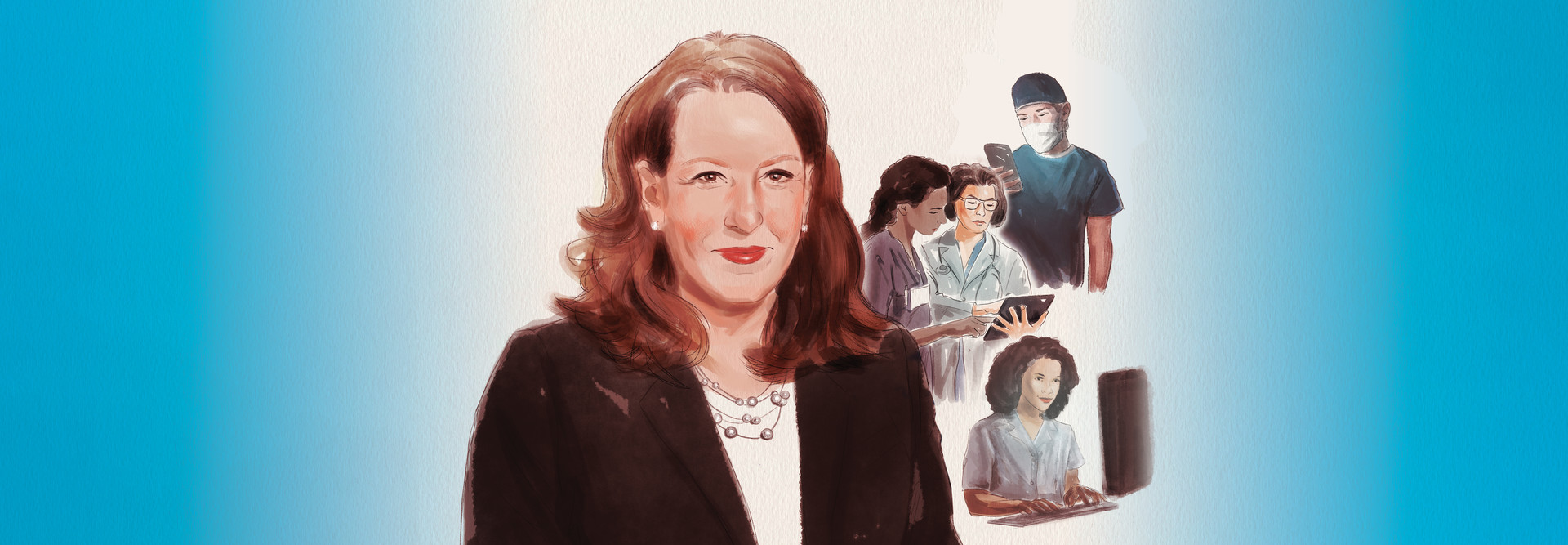The clinicians at Boston Children’s recently began using a cloud-based communications tool optimized for their hospital-issued iOS devices, Nelson says. The platform connects to their EHR’s mobile apps to streamline everything from clinical documentation to secure instant messaging between staff.
With hybrid 5G in play, clinicians will no longer have to depend on Wi-Fi as they move around, Nelson says. The network will mean that stable cellular connections should be obtainable throughout the health system’s campuses, and it will enable seamless communication between hospital facilities and the connected medical devices that patients use in their homes.
Nelson says that she knows this because part of the plan, and the eventual rollout, involved extensive testing of the technology.
“We needed it to work on any device, in any location, at any time and securely, and that’s what we have,” she says. “There’s even connectivity in the hospital’s subbasement. That’s really just unheard of.”
READ MORE: Overcome wireless networking challenges with next-level 5G connectivity.
A Solution for Healthcare’s Internet of Things
Although the hybrid 5G deployment at Boston Children’s is one of the first of its kind in the U.S., industry analysts predict it won’t be long before other healthcare organizations follow suit.
In fact, many hospitals have already moved ahead with ambitious 5G initiatives of their own. In 2023, California-based VA Palo Alto Health Care System announced the deployment of the U.S. Department of Veterans Affairs’ first private 5G network. And Cleveland Clinic recently launched a similar 5G project to support a new state-of-the-art hospital in Ohio.
Healthcare facilities are pursuing 5G because many are finding that 4G networks are no longer able to handle the growing number of connected devices used in clinical care, says Elliot Mandel, chief technologist with Booz Allen Hamilton.
“5G takes advantage of frequency bands that they didn’t have access to before,” he says. “It lets them transmit and use a lot more data, and much faster than they can with 4G.”












